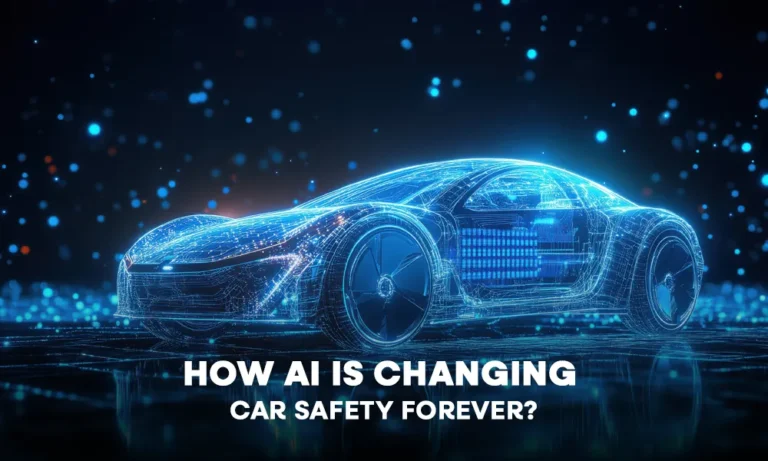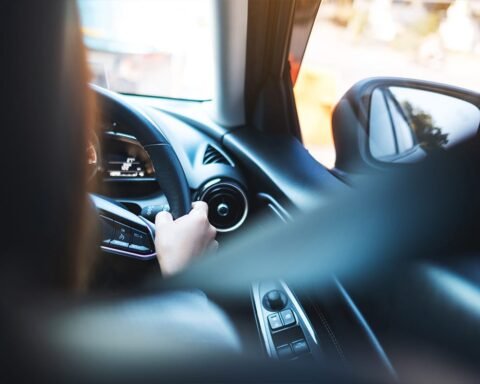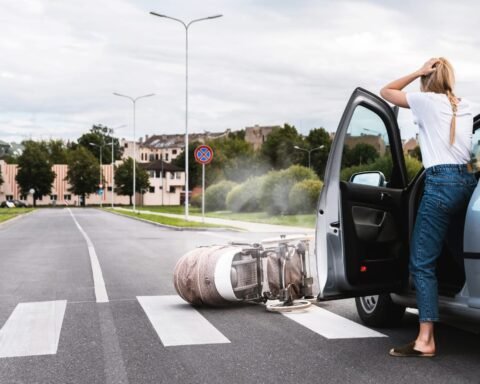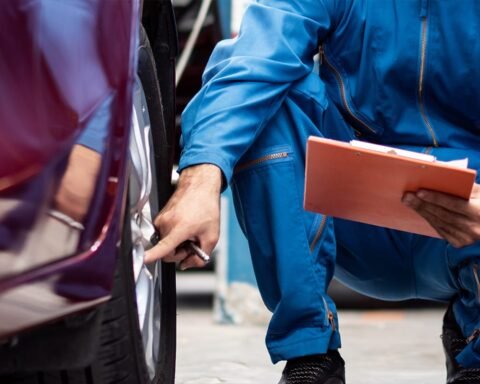AI has taken the world by storm, impacting almost every aspect of our lives. And it’s no different with the automotive sector. AI is reshaping how cars function and the way we experience driving. Automakers are now using AI in the everyday features of cars, many of which we have grown accustomed to, making our vehicles smarter, safer, and more responsive to our needs.
The biggest impact AI has would be in offering better safety to drivers. AI collects and processes data received from onboard cameras, radar, and sensors in a car to detect and respond to dangers faster than we ever could.
Given everything that AI can do for a car, I thought I’d take a look at the manner in which AI is impacting car safety as we speak.
AI safety features in cars

Some of the safety features powered by AI that you are likely to see more of in the months and years ahead include;
- Automatic emergency braking, which stops the car if it senses a collision risk.
- Lane-keeping assist, which warns or gently steers you back if you drift out of your lane.
- Blind spot monitoring, which alerts you if there’s a car where you can’t see.
- Adaptive cruise control, which adjusts your speed based on traffic ahead.
Cars That “See” More Than Drivers Do
Traditional driving required us to depend entirely on our vision and reaction time. But irrespective of how well you drive and how confident you are, you can’t see everything that’s happening on the road. That’s why today’s cars are loaded with cameras, radar, and sensors that augment your range of visibility, covering blind spots, watching the road ahead, and even scanning behind you.
Unlike us humans, these systems don’t need to blink, are never distracted, and can’t experience fatigue. Hence, they are able to pick up things on the road we might miss, such as:
- A cyclist in your blind spot
- A child chasing a ball into the street
- A car in front suddenly braking
In such instances, you only get a few milliseconds to react, but those milliseconds can mean the difference between a close call and a tragedy.
Smarter Reactions, Not Just Faster
When I first heard about it, I found it extremely surprising that cars were capable of learning to think beyond simple reactions. Early warning systems in traditional cars used to be limited—they’d beep or flash a light, and the rest was up to you. Now, with AI systems, your car will be able to predict your behavior.
This means that if your car senses a car ahead is drifting in its lane or is slowing unpredictably, its built-in AI system will adjust your speed or warn you before the situation gets dangerous. I guess it would feel like having a co-driver who’s always alert and analyzing everything happening around you.
Reducing Driver Stress
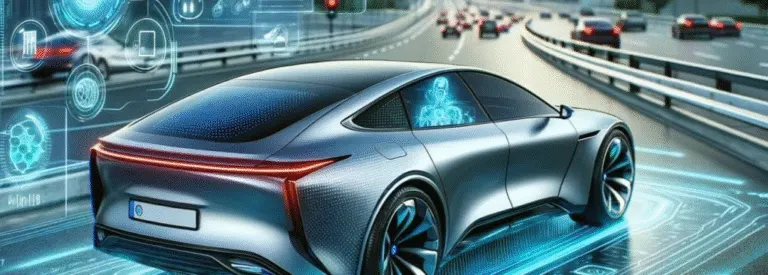
I’ll be the first to admit that highway driving drains me, especially after long trips. The constant lane changes, maintaining a safe distance, watching every car around to see whether anyone is trying to overtake you, can get so exhausting. But with the lane-keeping assist and adaptive cruise control AI features, drivers are likely to experience a lot less stress during long drives.
Don’t get me wrong, these features don’t take over the car completely, but they tend to offer support. This means that your car maintains a safe following distance, nudges you gently if you start drifting, and even manages stop-and-go traffic more smoothly than you would on your own. All of these aspects help reduce driving fatigue, which is one of the major reasons for tragic car accidents.
How AI is Likely to Impact the Future of Safety
What I’m excited most about is where all of this is likely to lead. AI has brought us to the brink of cars that communicate with each other and with the surrounding infrastructure, aka connected cars. Imagine this:
- Your car knows about black ice on the road ahead because another car has already slid there.
- It slows down automatically because there’s an accident around the bend.
- It reroutes you before traffic even builds up because of a traffic jam that is still a few minutes’ drive away.
That’s what connected cars can do for you. I’m so impressed by this technology as it possesses the capability to eliminate thousands of road accidents every year. While it may sound futuristic, the groundwork is already being laid, and countries have already begun testing this technology.
What All of This Means For Us
When I think back to how cars were just a decade ago, it’s amazing to witness where we stand right now. Safety so far has meant seatbelts and airbags. But in the future, it will probably be predictive systems, real-time monitoring, and constant adaptation using AI. We will have cars that see more than drivers do, React Faster and smarter to real-time road situations, and reduce driver fatigue.
AI doesn’t take away the risk involved in driving, but it helps back up a driver’s senses and reflexes, which results in those risks shrinking. And as someone who spends a lot of time on the road, I can say one thing with confidence: I’m pretty excited to see how AI will help me become a better driver. To see more The Future of Mobility: How Electric Cars Are Revolutionizing the Automotive Industry
Don’t miss a beat in the auto world. Follow Ask About Cars for daily updates.


